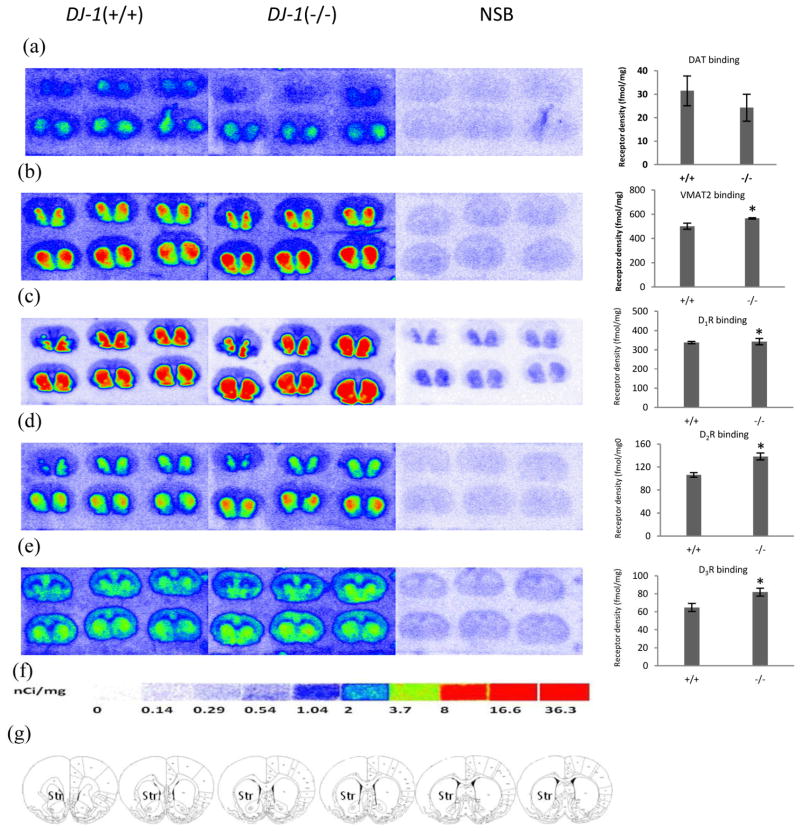Figure 1. Quantitative autoradiographic analysis of DAT, DTBZ and dopamine receptors densities in the DJ-1 gene knockout rat models of PD.
Autoradiograms show binding of 8.5 nM [3H]WIN35428 (a), 23.5nM [3H]DTBZ (b), 3.8 nM [3H]SCH23390 (c), 4.4 nM [3H]raclopride (d) and 5.9 nM [3H]WC-10 (e) on multiple brain sections through the striatum in the DJ-1 gene knockout and wild-type littermate rat. Nonspecific binding was determined in the presence of 1 μM nomifensine (for [3H]WIN35428), 1 μM S(−)-tetrabenazine (for [3H]DTBZ), 1 μM (+) butaclamol (for [3H]SCH23390), 1 μM S(−)-eticlopride (for [3H]raclopride and [3H]WC-10). DAT binding did not significantly change in DJ-1 gene knockout rat (a). The densities of VMAT2, dopamine D1, D2 and D3 receptors were significantly increased in DJ-1 gene knockout rats (b, c, d, e). [3H]Microscale standards (ranging from 0 to 36.3 nCi/mg) were also counted (f). Schematic rat brain sections showing the rostral to caudal extent of the striatum, the region of interest in which DAT, VMAT2, D1, D2, and D3 receptors were quantified, across a total of six sections(g). NSB, nonspecific binding; Str, striatum. *p<0.05 for DJ-1 knockout rat vs. control rat.

